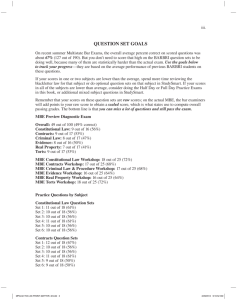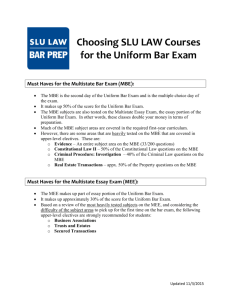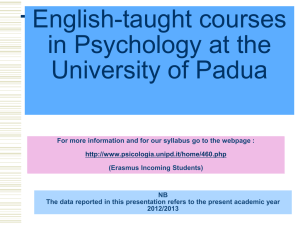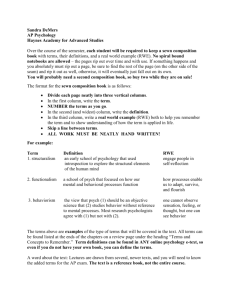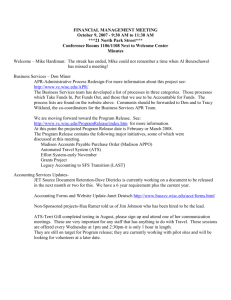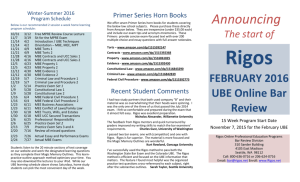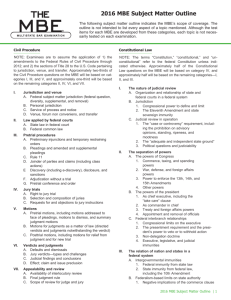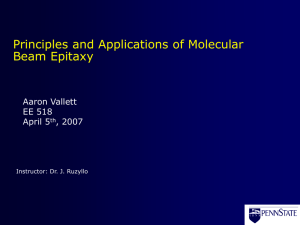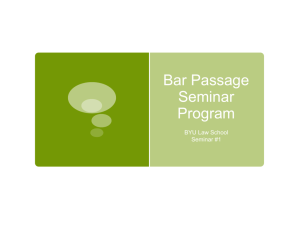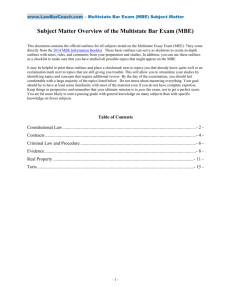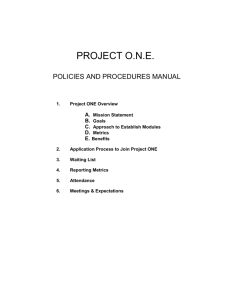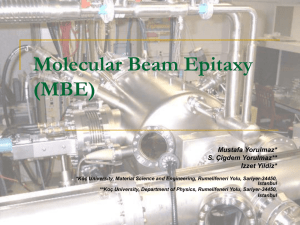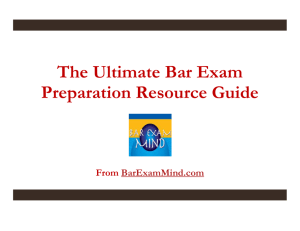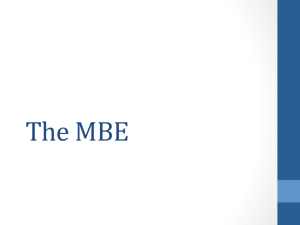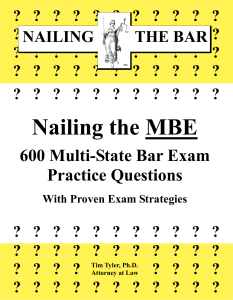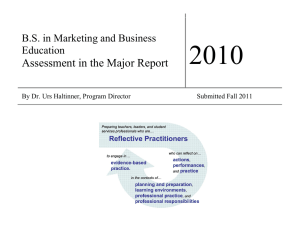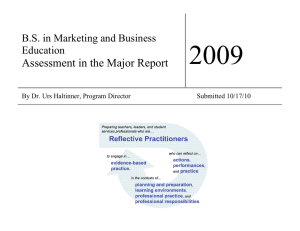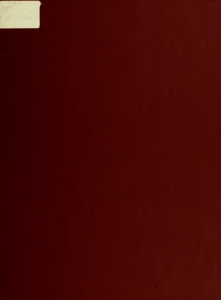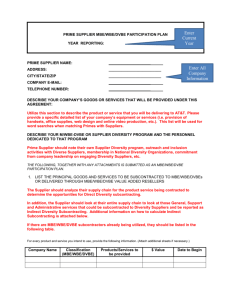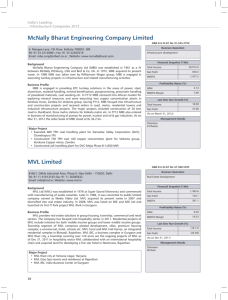10102
advertisement
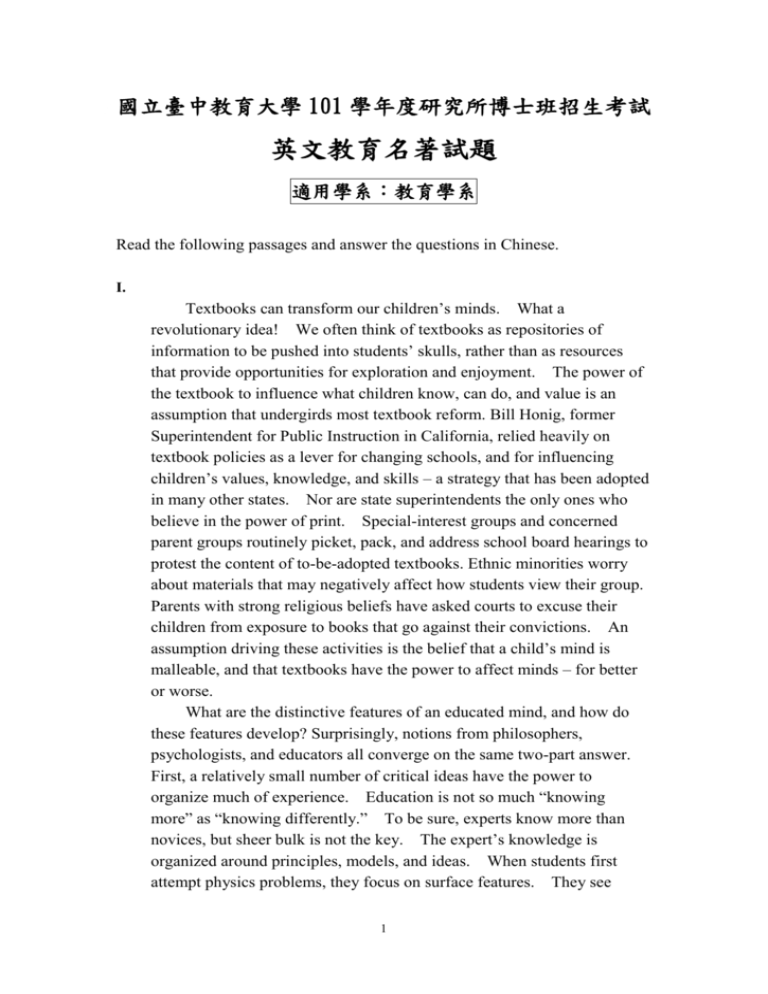
國立臺中教育大學 101 學年度研究所博士班招生考試 英文教育名著試題 適用學系:教育學系 Read the following passages and answer the questions in Chinese. I. Textbooks can transform our children’s minds. What a revolutionary idea! We often think of textbooks as repositories of information to be pushed into students’ skulls, rather than as resources that provide opportunities for exploration and enjoyment. The power of the textbook to influence what children know, can do, and value is an assumption that undergirds most textbook reform. Bill Honig, former Superintendent for Public Instruction in California, relied heavily on textbook policies as a lever for changing schools, and for influencing children’s values, knowledge, and skills – a strategy that has been adopted in many other states. Nor are state superintendents the only ones who believe in the power of print. Special-interest groups and concerned parent groups routinely picket, pack, and address school board hearings to protest the content of to-be-adopted textbooks. Ethnic minorities worry about materials that may negatively affect how students view their group. Parents with strong religious beliefs have asked courts to excuse their children from exposure to books that go against their convictions. An assumption driving these activities is the belief that a child’s mind is malleable, and that textbooks have the power to affect minds – for better or worse. What are the distinctive features of an educated mind, and how do these features develop? Surprisingly, notions from philosophers, psychologists, and educators all converge on the same two-part answer. First, a relatively small number of critical ideas have the power to organize much of experience. Education is not so much “knowing more” as “knowing differently.” To be sure, experts know more than novices, but sheer bulk is not the key. The expert’s knowledge is organized around principles, models, and ideas. When students first attempt physics problems, they focus on surface features. They see 1 hammers, screwdrivers, crowbars, and pliers as falling into one category, while nails, screws, and springs fall into another cluster. Such practical knowledge works well for many purposes. Expert physicists group the same objects differently, based on the mechanical principles at work – leverage, for instance. These principles are important for theoretical purposes. One can calculate the relation between force and length of a lever in ways that apply equally to hammers, crowbars, and pliers (although, when the physicist replaces a screen door, he or she probably relies on practical ways of thinking). The educated mind is a relatively orderly place – or at least it has some orderly areas. The philosopher, Alfred North Whitehead, described eloquently the relations between actual experience and the educated mind, likening experience to a chaotic stream of events – messy and fragmentary – the mind searching for patterns wherever they can be found. He saw in schooling the potential “to impart an intimate sense for the power of ideas, for the beauty of ideas, and for the structure of ideas ….” He warned educators, “Do not teach too many subjects, [and] what you reach, teach thoroughly, seizing on the few general ideas which illuminate the whole, and persistently marshalling subsidiary facts round them.” Second, these ideas must be reconstructed by the knower, not merely absorbed. To be useful, the ideas must be used. Learning abstract ideas divorced from concrete experience was viewed by Whitehead as ineffective.” He was a philosopher, but recent psychological research has shown that empty generalizations are indeed quickly forgotten or misplaced in memory. Children need lots of examples that bring principles to life, concrete and familiar examples that they can work through thoroughly; that they can twist and turn; with which they can play. These findings are the basis for recommending depth over breadth in the school curriculum; for proposing the sustained study of a given topic rather than brief exposure to a myriad of factoids. Such an educated mind is not restricted to the bright or exceptional student, but is within the reach of virtually all students. Expertise is found in every field of endeavor. … 根據上述文章內容回答下列問題: 1. 本文的作者指出:有鑑於教科書對於兒童心靈的影響力,不同個 人與團體均關注教科書的內容。請問,作者提出哪些事例來說明此一論 述?(10%) 2 2. 根據本文的內容,A. N. Whitehead 對於兒童的學習有哪些基本主 張? (10%) 3.請為本文下一個你認為最能切合內容的標題。(5%) II. MBE (Mind, Brain and Education) science is concerned with studying how humans learn best in order to develop more effective teaching methods. Several experts define MBE science as the use of empirical scientific research to confirm best practices in pedagogy. According to one of the discipline’s founder, Kurt Fischer, “an important goal of the emerging field of mind, brain and education (MBE) is the creation of a strong research base for educational practice – a groundwork of usable knowledge about what makes for effective learning and teaching”. According to the Delphi panel of experts who considered what information was applicable to MBE science and to the resolution of problems in education, the emerging discipline brings together natural, life, neural, and social sciences from which the major guiding principles are derived, the most prominent of which are education, neuroscience, and psychology. Sub-disciplines of education (i.e. pedagogy, special education, gifted student), neuroscience (e.g., cognitive neuroscience, neuroethics, neuropsychiatry, developmental neuroscience, pediatrics), and psychology (e.g., developmental psychology and neuropsychology) are the foundations of the new way to look at teaching. As a multidisciplinary science, it should also be noted that several sub-disciplines in biology (biopsychology, neurobiology, genetics) and chemistry (nutrition, psychopharmacology, toxicology) are also important contributors to the emerging discipline, as are many social sciences (sociology, anthropology, philosophy). Finally, mathematical theories and model of learning also add to the discipline. The history of MBE spans centuries; it is old as the combined histories of education, psychology and neuroscience. These many and varied areas intersect when it comes to education. Education is now seen as the natural outgrowth of the human thirst to know oneself better combined with new technology that allows the confirmation of man hypotheses about good teaching practices. Past 3 models of learning, many of which came from psychology and neuroscience, lay the path for current research problems being addressed today to devise better teaching tools. For example, early in the development of psychology, Freud theorized that part of successful behavior management techniques, including teaching, was the result of actual physical changes in the brain, not just intangible changes in the mind. This theory has since been proven through evidence of neural plasticity and the fact that the brain changes daily, albeit on a microscopic level, and even before there are visible changes in behavior. These changes vary depending on the stimulus, past experiences of the learners, and the intensity of the intervention. What were once hypotheses in psychology are now being proven, thanks to this new interdisciplinary view and the invention of technology. On the other hand, other past beliefs about the brain have been debunked. For example, it was once fashionable to think of a right and a left brain that competed for students’ attention and use. It has now been proven beyond a doubt that the brain works as a complex design of integrated systems, not through specialized and competing right- and left-brained functions. These examples show how past belief now partnered with evidence about the functioning human brain to produce this powerful, new teaching-learning model. 根據上述文章內容回答下列問題: 1. 請根據本文的內容說明「MBE」的關注焦點。(10%) 2. 根據本文的內容,在教與學的觀念或實務方面,MBE 有哪些不同 於以往的改變? (15%) Ⅲ. Children in interracial families are growing up in diverse socioeconomic conditions. Children in white/Asian families benefit from the high average educational attainments of both parents and the higher family incomes that accompany higher educational levels. But children in many other interracial families are growing up with parents with below-average educational levels and below-average family incomes. However, many of these interracial families have higher levels of parental education and family income than their endogamous minority counterparts. Family background exerts a powerful influence on children’s prospects. Besides the well-documented relationship between parental and child’s educational 4 attainment and income, a recent study found that almost three-quarters of students at the top 146 highly selective colleges and universities came from families in the top quarter of the socioeconomic scale(based on family income and parents’ education and occupation). Only about 10 percent of students at these highly selective institutions came from families in the bottom half of the socioeconomic scale. The economic benefits of attending highly selective colleges are clear, including more resources per student, higher graduation rates, higher rates of attendance at graduate and professional schools, and higher lifetime earnings. Questions:(25%) 1. Why does family background exert a powerful influence on children’s prospect? 2. Why do children in many of the interracial families have higher levels of parental education and family income than their endogamous minority counterparts in the USA? Ⅳ. What are the implications of curriculum design from the following analogy used by the British philosopher Lionel Elvin (1977) to describe the problem of the school day: (25%) When you are out walking, nature does not confront you for three quarters of an hour only with flowers and in the next only with animals. 5

